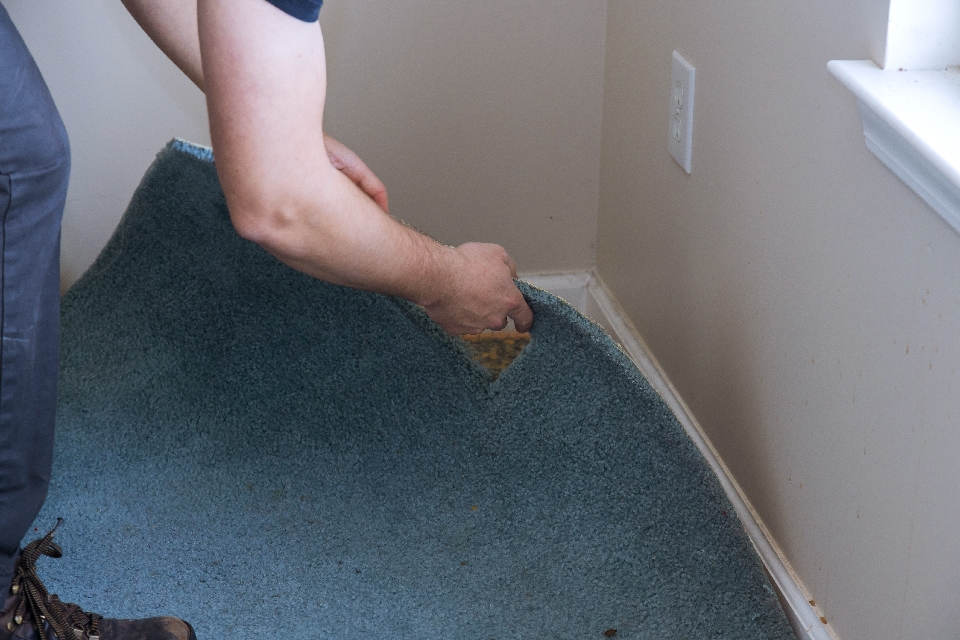
Landlords don't like pets. One single cat can devalue a home thousands of dollars. Trying to get out the odor and the stains is time consuming work and it becomes even more of an expense and inconvenience if you have to hire a professional cleaning service. One way to avoid this large expense is to cleanup the mess yourself, which can be done with a few tools and supplies. It will also take a bit of time, about a weekend, most of which is just waiting.
The first thing you need to do is to assess how much damage was done. In most instances, it will be present in most or all of the rooms in the home. If the flooring is carpet, that's certainly good news, and, if it's tile, that will be easier to clean. However, if it's carpet or hardwood, it's likely to have found its way to the subfloor.
Steps to Clean Up Pet Damage in a Rental Home
Should the home be carpeted or have hardwood, do yourself a big favor and call-in a junk removal company to take out the carpet and padding or to take up and haul off the hardwood. Once the flooring is out of the home, you'll have visual confirmation of where the pet stains are in the home. These will be well defined and discolored, so, they are easy to spot.
Pet urine in the carpet not only leaves an unsightly stain and an unpleasant odor, but it penetrates the fibers and contaminates both the carpet and the floor underneath. That’s why it can require major restoration work, well beyond just a simple cleaning and treating. The longer an incident goes untreated, the more likely the urine odor is to permeate deeper and deeper into floors, walls and even the framework and foundation of the home. As the urine dries, the liquid evaporates but the urine crystals become even more concentrated and pungent. --ChemDry
Pet stains have lingering odors and you can't simply put new flooring over damage done to a subfloor. The way to deal with these stains is to follow these steps:
- Apply an odor blocking resin to the stains. You can use bleach, but the odor will take a long time to go away. Instead, apply an odor blocking resin directly to the stains, following the manufacturer's instructions. Allow it to dry and use fans to speed-up the process.
- Clean the entire subfloor. Once the odor blocking resin has done its job, you can then give the whole subfloor a good scrubbing. Use a clean mop and bucket, along with dish soap. After you've cleaned the entire subfloor, let it dry overnight.
- Install new flooring. You can install carpet or hardwood. Depending on your budget and location, carpet will likely be the best choice. Choose one that's very durable and has a good longevity to make it worthwhile.
If you discover that walls have pet stains, you can clean those off. Should there be other problems, like termites or other pests, consider having a junk removal company take out the cabinets and replace them as needed.


